Armytek Elf C2 specifications
| Brand/model | Armytek Elf C2 |
|---|---|
| LED | LH351D |
| Lumens | 1023 lm (warm) / 1100 lm (white) |
| Beam intensity | 2756 cd (105m) |
| Battery config. | 1*18650 |
| Material | Aluminum |
| Modes | 6 |
| Blinkies | None |
| Reflector | TIR optics with honeycomb lens |
| Waterproof | IP68 10m waterproof |
| Review date | September 2021 |
Introduction:
Armytek is well known for making durable flashlights with good drivers. Their tactical lights have been around for over a decade and I’m sure they last that long too. Armytek hasn’t released many new lights in a while and unlike most other manufacturers they don’t seem to be chasing lumens that only last a few seconds. Instead, they’ve been gradually refining their series.
Armytek has a few right-angle flashlights, including the Elf, Tiara, and Wizard series lights. Marco reviewed the bigger and higher spec Wizard C2 Pro recently, which has magnetic USB charging. The Elf C2 comes with a standard micro-USB port instead. These are all multi-use lights that can be used as headlamps, bike lights, powered by USB, or as EDC lights.
Armytek has an Elf C1 and Elf C2 (this one): the C1 fits a 18350 cell and C2 fits a 18650 cell. Many of them also come in “white” and “warm” too. I picked the white version, to see how it compares to the warm C1.
The two Elves are my first Armytek lights and I was interested to see if the cheaper Elf range still met my expectations of Armytek’s almost legendary build quality.
Package quality.
Armytek supplies the Elf C2 in a printed cardboard box, which includes all the specs. In fact the box has some information that isn’t in the manual.
Included is:
- Armytek Elf C2
- Clip
- Head mount
- 18350 cell
- 2 spare O-rings
- Micro USB cable
- Manual
Armytek also sells an optional bike mount and hard hat mount for the Elf C2
Flashlight in use
A few differences from the smaller C1 here, including the clip attachment, lanyard hole, and headband.
The Elf C2 is a fairly standard size for an 18650 light, though has a skinny waist.
Unlike some manufacturers, Armytek has put the e-switch on the side of the light instead of the top. This seems to work better when used as a headlight or held in the hand but can take a moment to get the right orientation when it’s in your pocket.
Unlike the C1, the steel pocket clip of the C2 attaches to either towards the head or an inch lower towards the tail and can still go on either way up. This lets the Elf C2 clip to a pocket very nicely and also makes it easier to find the switch. By itself, the Elf C2 rolls a bit on a table but with the clip, you can aim it in any direction. The clip goes on fairly easily but is a challenge to remove!
Unexpectedly, the C2 tailcap doesn’t include a lanyard attachment, even though the C1 does. The tailcap includes a magnet that easily holds the weight of the flashlight in any direction. The magnet doesn’t look easy to take out.
The headband supplied with the Elf C2 forms a single adjustable loop and also has an over-the-top band to support the extra weight. The light clips onto the band with a plastic mount, which is more sturdy than the C1 mount and also includes a thick rubber o-ring to secure the light. This should secure the light very well and make it more suitable than the C1 for things like caving. When in the clip on the headband, the light can be angled up or down easily. You can’t really use the pocket clip and headband at the same time.
Build Quality, and Warranty
There’s no knurling on the Elf but I don’t think it needs it due to its shape. It also has matte anodisation which is nice and grippy. As Marco noticed with the Wizard C2 Pro, the anodisation attracts minor scuff marks. This seems purely cosmetic and as a tool I’m not bothered about it. If you like your lights to look pristine then avoid the clip.
The tail cap takes 4 turns to unscrew, revealing lubricated anodised threads. These have a fairly tight fit. With the tail cap removed you can see that Armytek have used 2 O-rings. The only other lights I have with 2 O-rings are diving lights, so this is a welcome addition. This helps give the light its IP68 and 10m waterproof rating.
The head doesn’t detach from the body from what I can tell. This probably results in a stronger build but means that you can’t swap between a short and long tube.
The bezel doesn’t easily remove either. Armytek really doesn’t want you (or water or dirt) getting into the flashlight. Armytek states that the Elf can survive drops from 10m.
Armytek have an impressive 10-year warranty for the light, though the batteries, chargers, switches, and connectors have a 2-year warranty.
LED, Lens, Bezel, and Reflector
This Elf C2 came with a cool white LED. Previous versions of the Elf range came with a CREE XP-L emitter but Armytek have switched to using a Samsung LH351D. This gives a few more lumens and possibly a higher CRI.
I picked the cool white version, which looks to be somewhere between 6000K and 6500K. The warm white is around 4000K.
You can’t actually see the LED, as it’s behind the honeycomb TIR. This gives a very smooth and floody beam pattern with no artifacts at all. The flood is great for a headlamp but even on turbo this definitely doesn’t throw far in to the distance.
The stainless steel bezel sits over the TIR and lens. You can see that the lens is recessed further down than in most lights, giving extra protection.
Dimensions and size comparison
- Length: 10.86 cm / 4.27 inches
- Head diameter: 3.02 cm / 1.18 inches at widest
- Body diameter: 2.03 cm / 0.80 inches
Weight:
- Without cells: 62g / 2.2oz
- With cells: 110g / 3.9oz
The headband adds an extra 55g / 2.0oz
Flashlight comparison
From left to right:
- Zebralight H53c
- Armytek Elf C1
- Armytek Elf C2
- Wurkkos HD20
Driver & User Interface:
Click on, click off, hold to change modes. That’s always a good start in my opinion, though there’s a couple of things that make Armytek’s UI a bit different to what you may be used to.
From off there’s no double / triple / quad click. All that does is keep turning the light on then back off again.
When the e-switch is pressed then it lights up orange. The indicator light will also flash 3 times after you turn it on or change modes. Green when the cell is nearly full and red when empty. There’s no info in the manual about this.
Available modes: Firefly1, Firefly2, Main1 (low) , Main2 (medium), Main3 (high), Turbo
From OFF:
- Single click: last used memory (including firefly and turbo)
- Double click: light turns on then back off again
- Press and hold: Firefly1, then keep cycling through modes
From ON:
- Single click: turn off
- Press and Hold: change modes
- If in a main mode or turbo: Main1, Main2, Main3 then back to Main1
- If in a firefly mode: Firefly1, FIrefly2, Main1, Main2, Main3 then back to Main1
- Double click: turbo
From Turbo:
- Single click: off
- Hold: change modes (Main1)
Mode memory:
- Yes, including firefly and turbo
Shortcuts:
- To Low: press and hold
Low voltage warning:
- Yes, the light will step down
Strobe/blinkies
- None
Lock-out mode:
- None, though you can physically lock out with a quarter turn of the tail cap
PWM
- None detected at all
Batteries & Charging
You get the best of both worlds with Armytek here. They supply the light with a cell but you can easily swap in your own as there’s nothing proprietary going on.
Armytek supply a 18650 cell with the Elf C2. This is an unprotected cell, rated at 3200mAh.
The Elf can take unprotected cells. It should be fine with protected cells too based on how much the spring can compress but I don’t have any to test.
The charging is done via the micro-USB port on the head. This charges at up to 0.502A and will take 5 or 6 hours to fully charge the cell. Charging stopped at a reasonable 4.19V.
I’d have liked to have seen USB-C here, as that could charge the cell in a couple of hours.
Performance
Lumen measurements (for each mode)
Lux meter: All lux and lumen measurements are from my home made integrating sphere, calibrated with a S2+ measured by Maukka. Measurements are done with a UNI-T UT383S lux meter and Adafruit TSL2591 connected to a Raspberry Pi (using RuTiTe by bmengineer). Expect them to be within +/-10%.
DMM: Current readings were taken with a Precision Gold PG10B DMM for low currents and a Mustool X1 clamp meter for high currents.
I used Armytek’s included 3200mAh cell, charged to 4.19V each time.
| Mode | Amps at start | Specs | Lumens @10min | Lumens @30 sec | Lumens @ start |
| Firefly 1 | 1.4mA | 0.11 | – | 0 | 0 |
| Firefly 2 | 6.1mA | 2 | – | 1 | 1 |
| Main 1 | 62mA | 40 | – | 37 | 37 |
| Main 2 | 0.24 | 220 | 189 | 190 | 190 |
| Main 3 | 0.71 | 500 | 411 | 422 | 424 |
| Turbo | 2.64A | 1100 | 538 | 1050 | 1083 |
Parasitic drain:
- Less than 1µA (this is so low that I checked it a few times to make sure)
Runtime graph
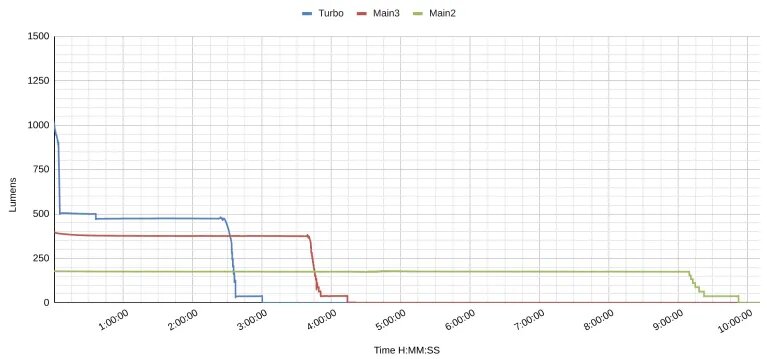
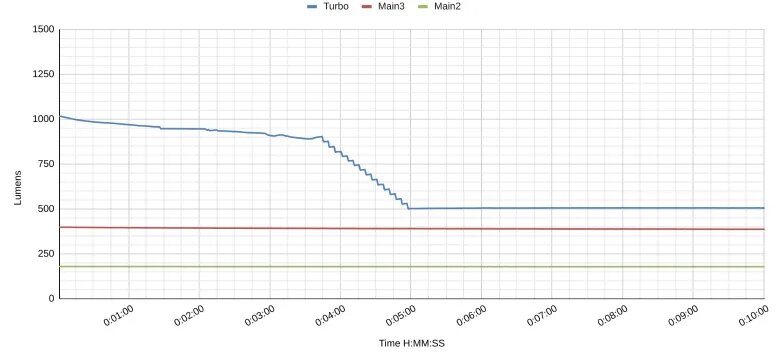
The cool white C2 almost hit 1100 lumens at turn on and didn’t drop much in the first few seconds, staying around 1000 lumens for a good 4 minutes. Around the 4 minute mark the flashlight started dropping faster, down to around 500 lumens. The 18650 cell sustains 500 lumens for just over 2 hours before the low voltage protection kicks in and it drops to low, then firefly. As expected, this is slightly higher output than the 18350 C1 and around 3 times the runtime.
On high (sorry, Main3) the light starts off just over 400 lumens, which it maintains for 3 hours 40 minutes. This is one of the straightest lines on a runtime chart that I’ve seen, pointing to the fully regulated driver being very good.
The Medium (Main2) line on the graph tells a similar story, starting at 190 lm and only dropping down 4 lumens over 9 hours!
I didn’t test the lower modes but based on the current draw you can see that Main1 will last well over 24 hours. The 2 firefly modes are even more impressive: Armytek states them lasting 26 days and 200 days!
Throw numbers:
Throw was measured indoors at 5m with a UNI-T UT383S lux meter.
| Mode | Specs | Candela measured | Meters | Yards |
|---|---|---|---|---|
| Main1 | 85 cd | 18 | 20 | |
| Main2 | 595 cd | 49 | 53 | |
| Main3 | 1381 cd | 74 | 81 | |
| Turbo | 105m | 3230 cd | 114 m | 124 |
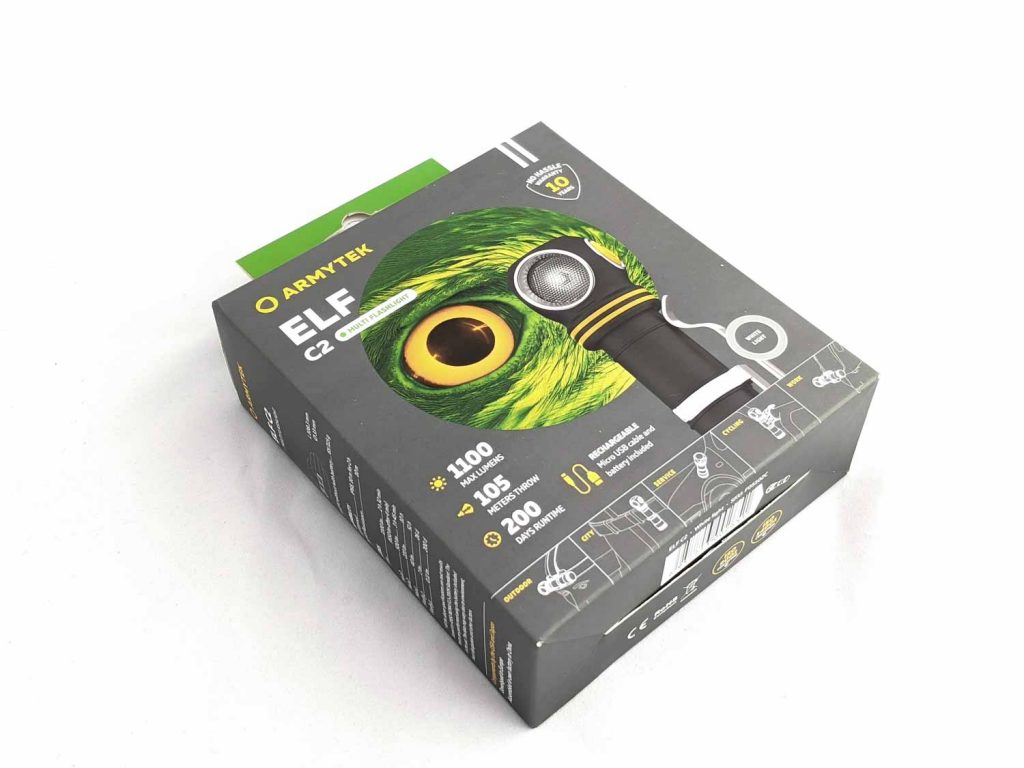
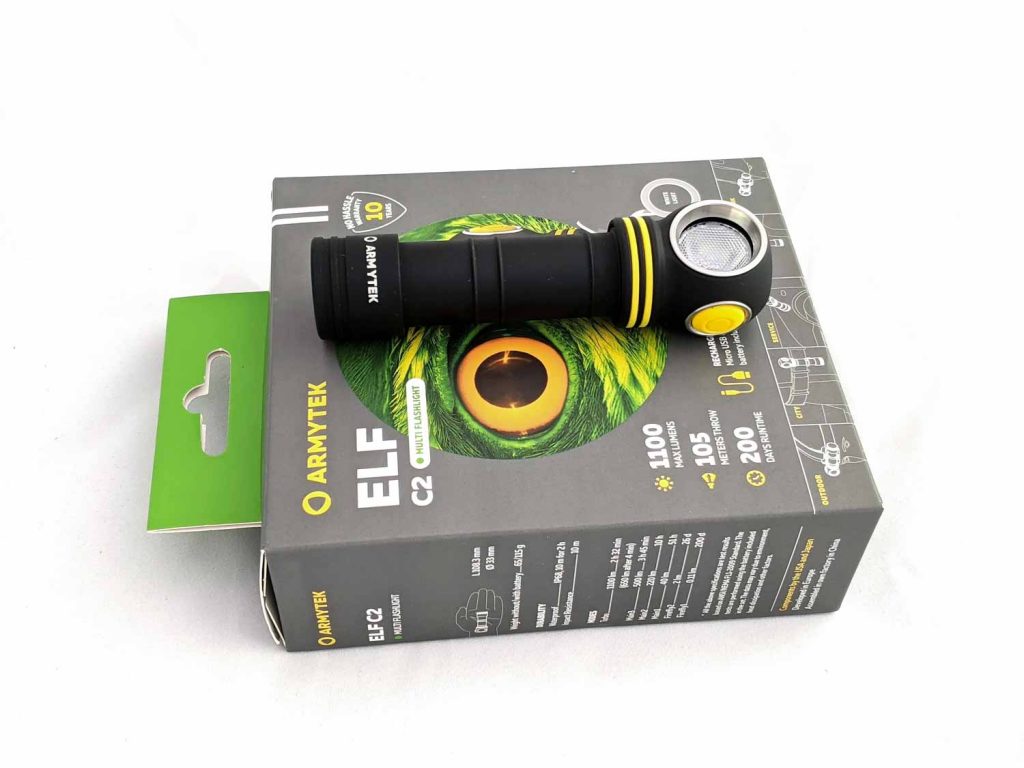
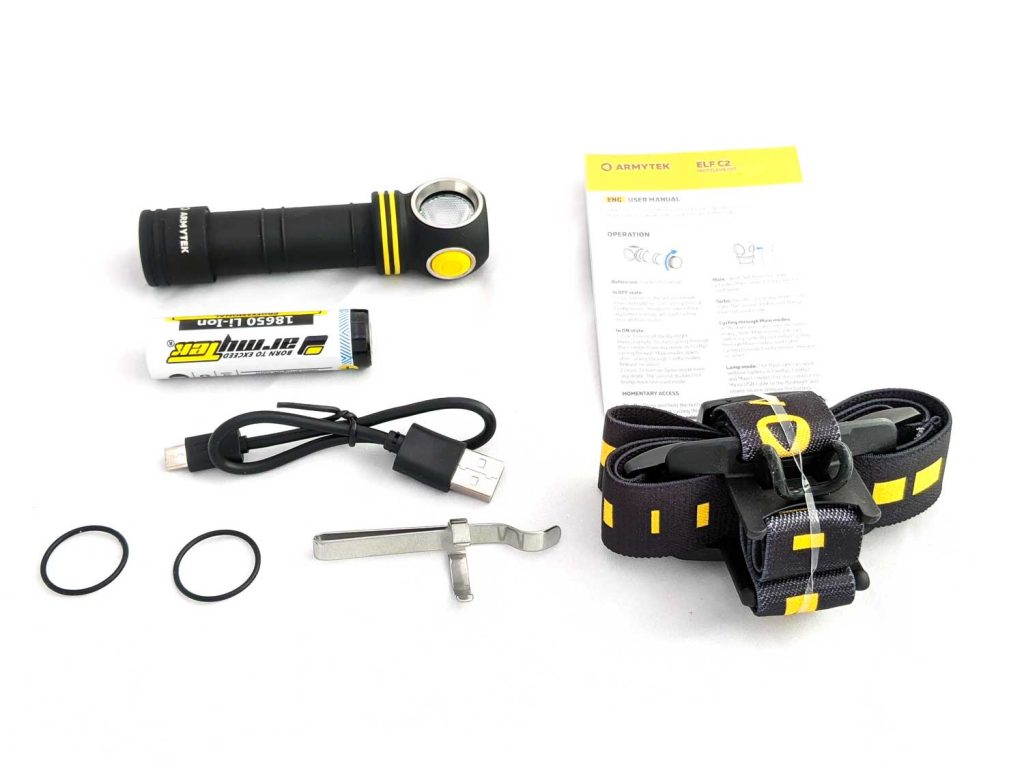
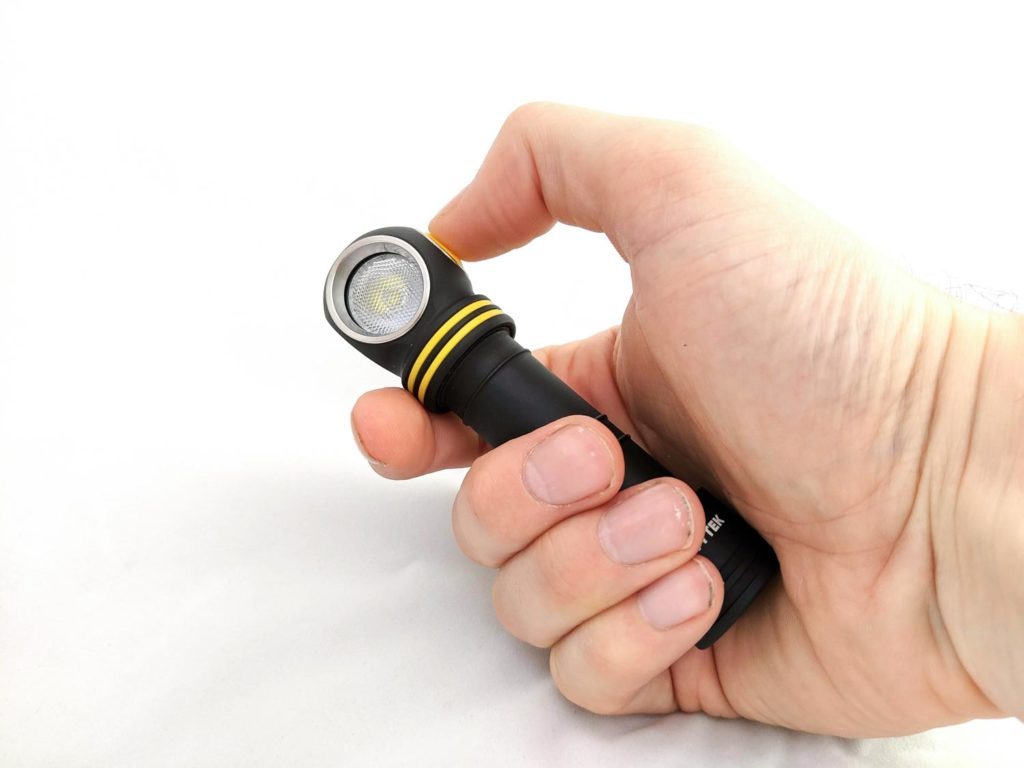
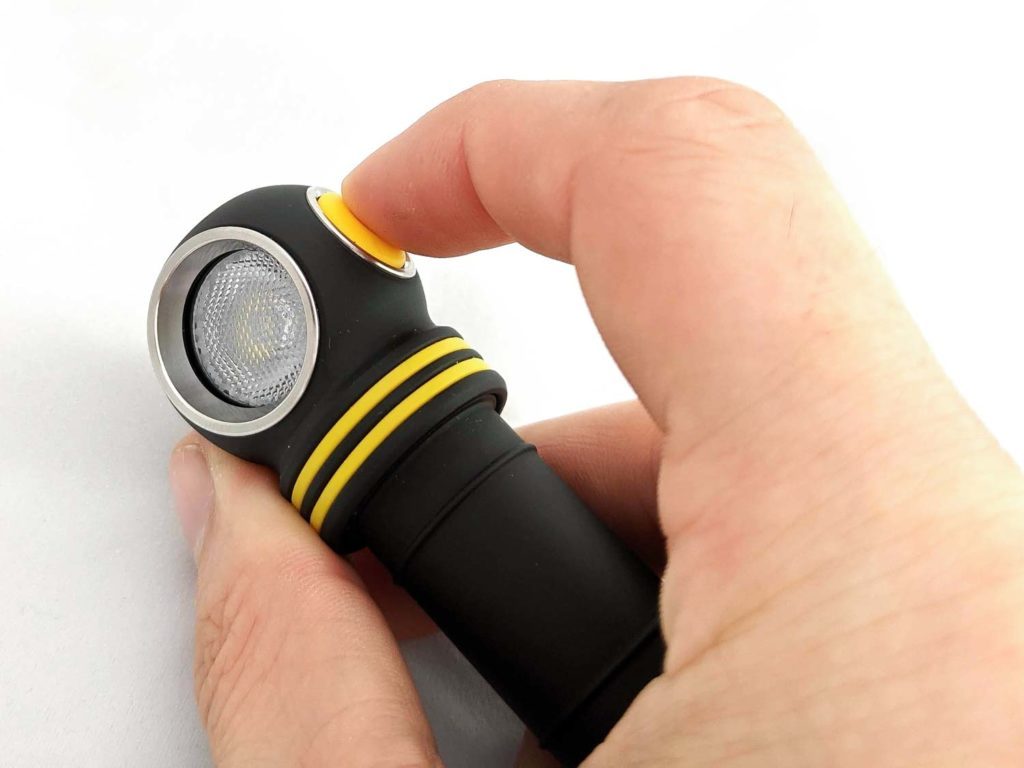
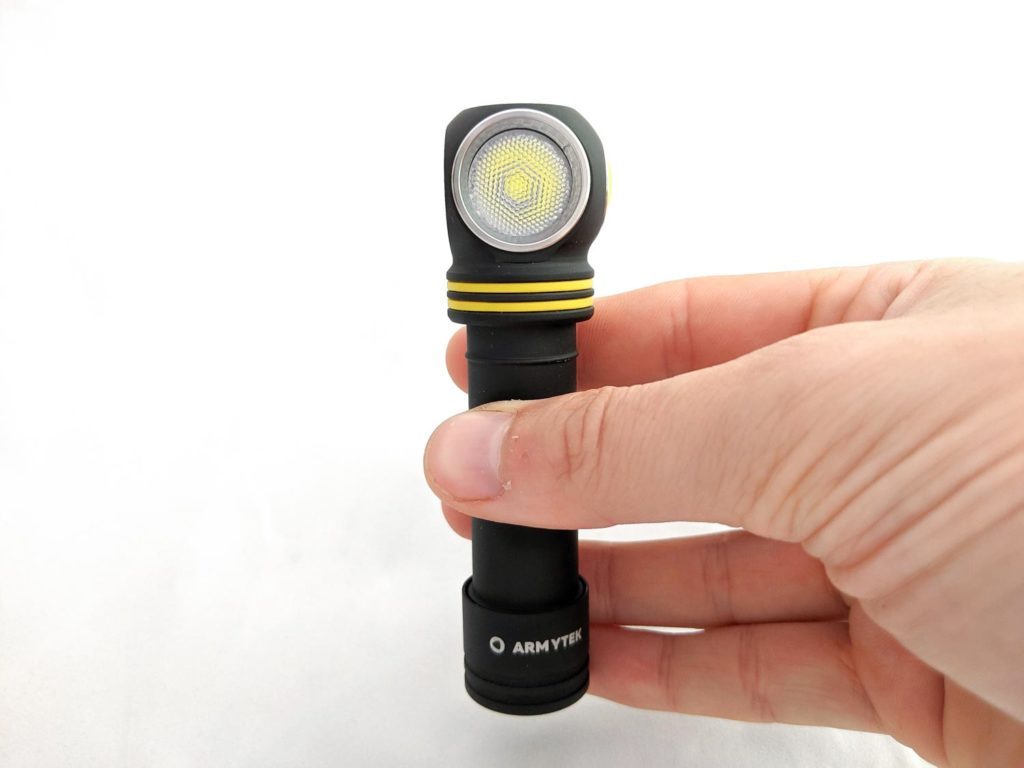
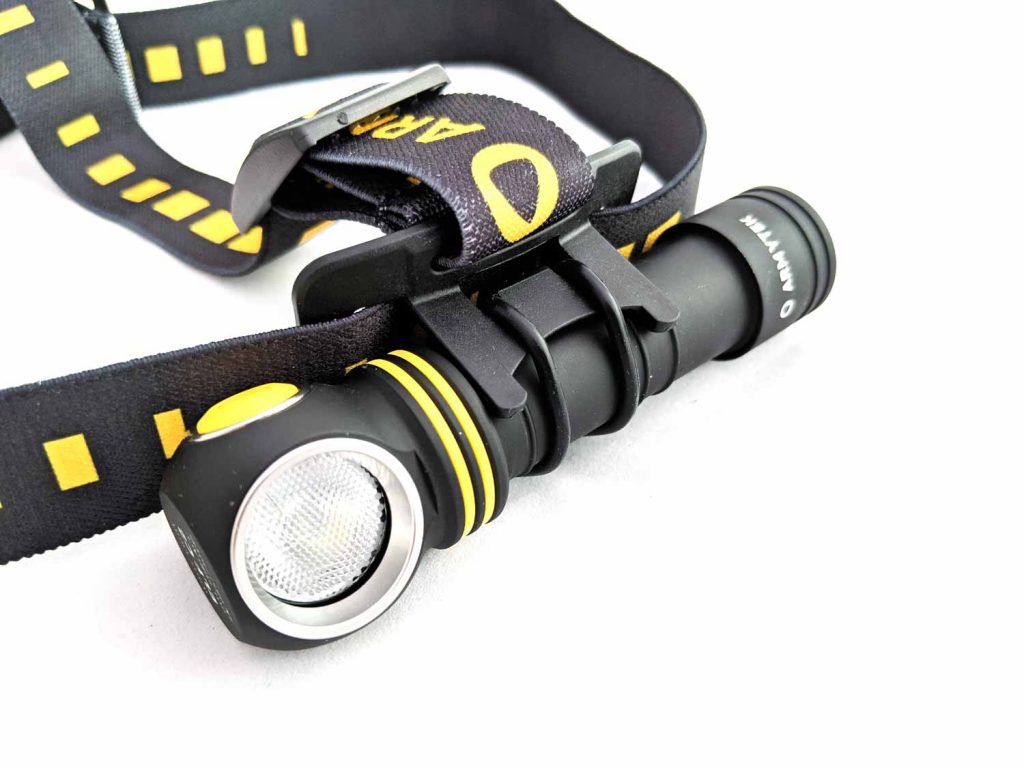
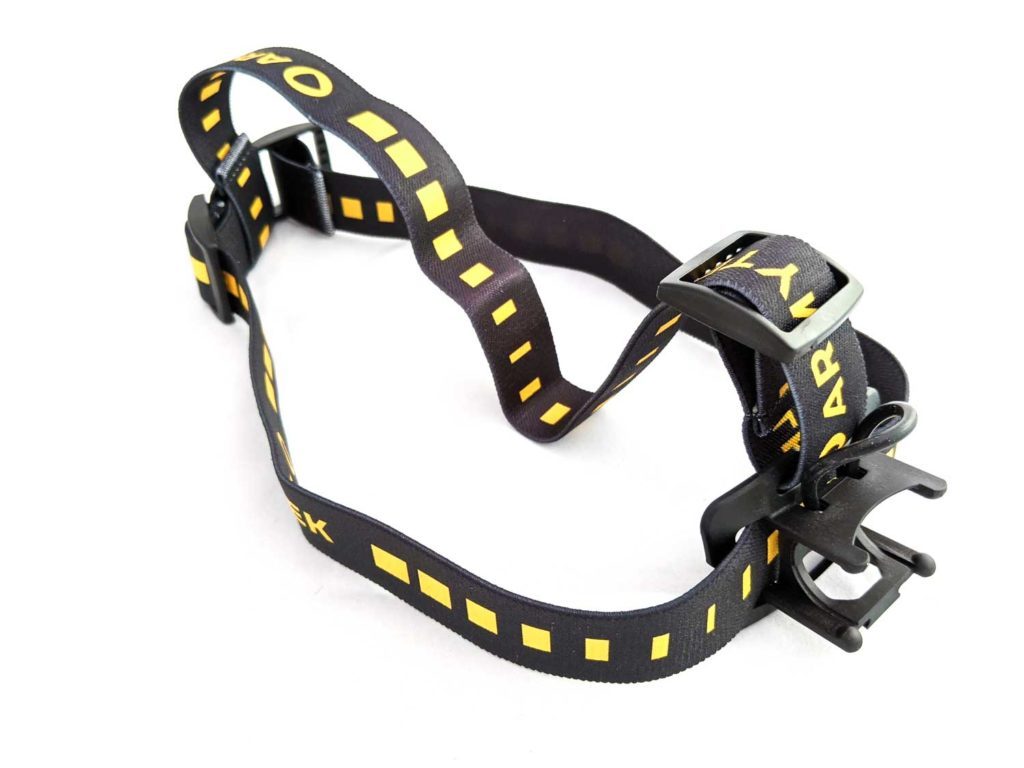
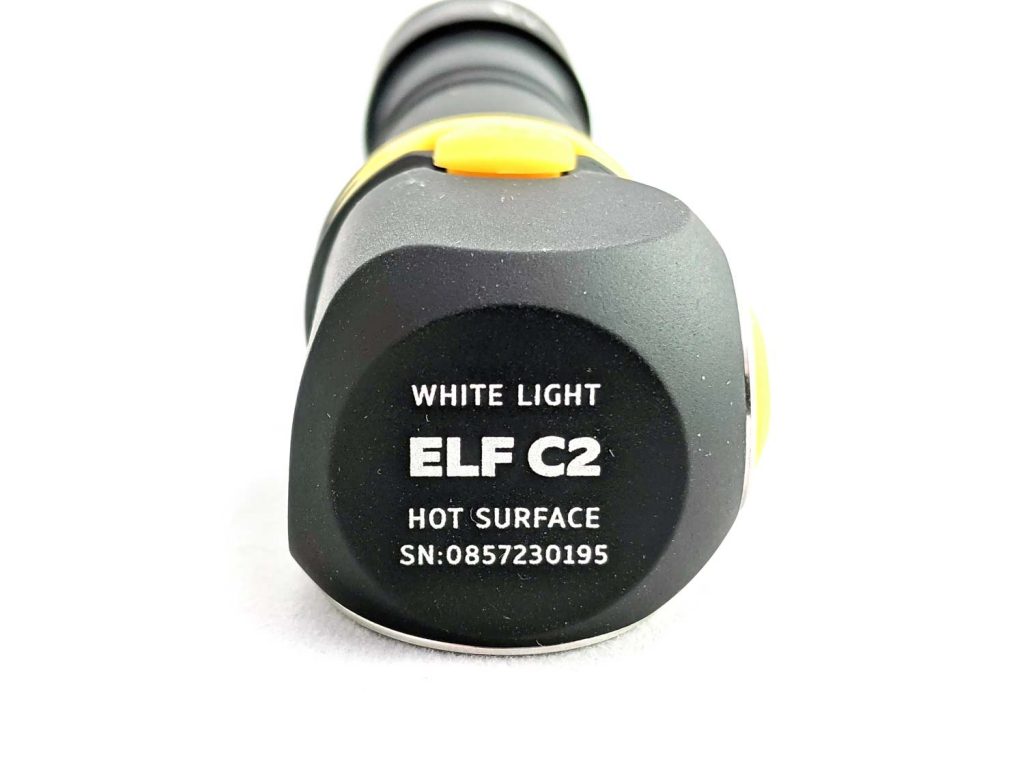
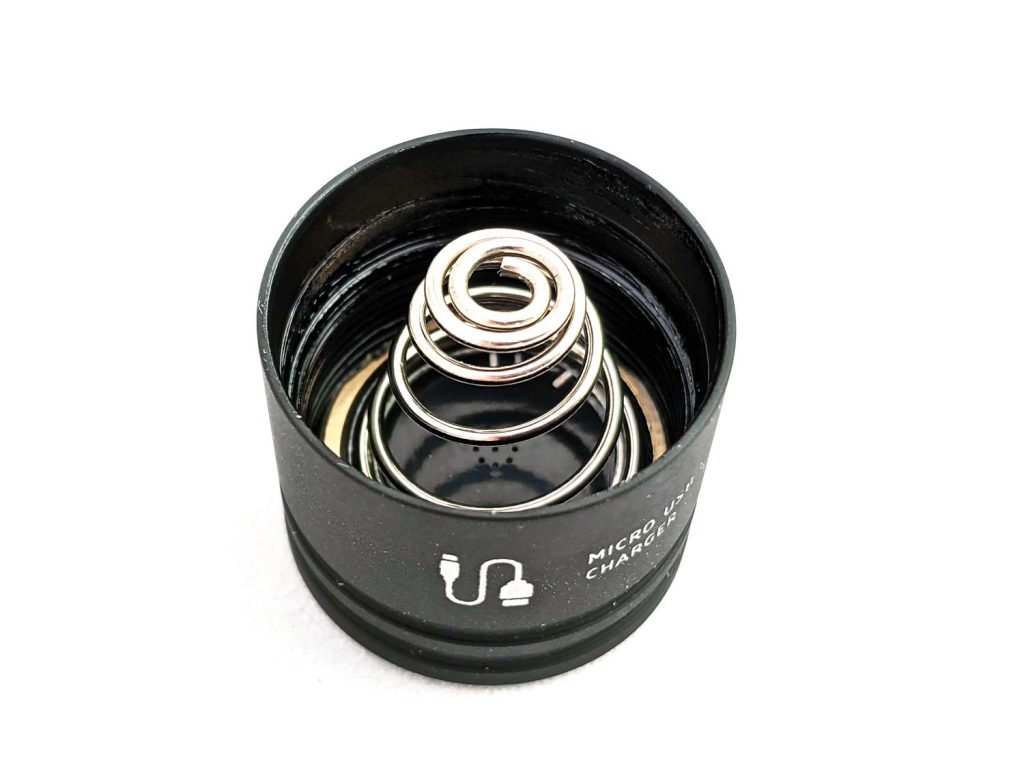
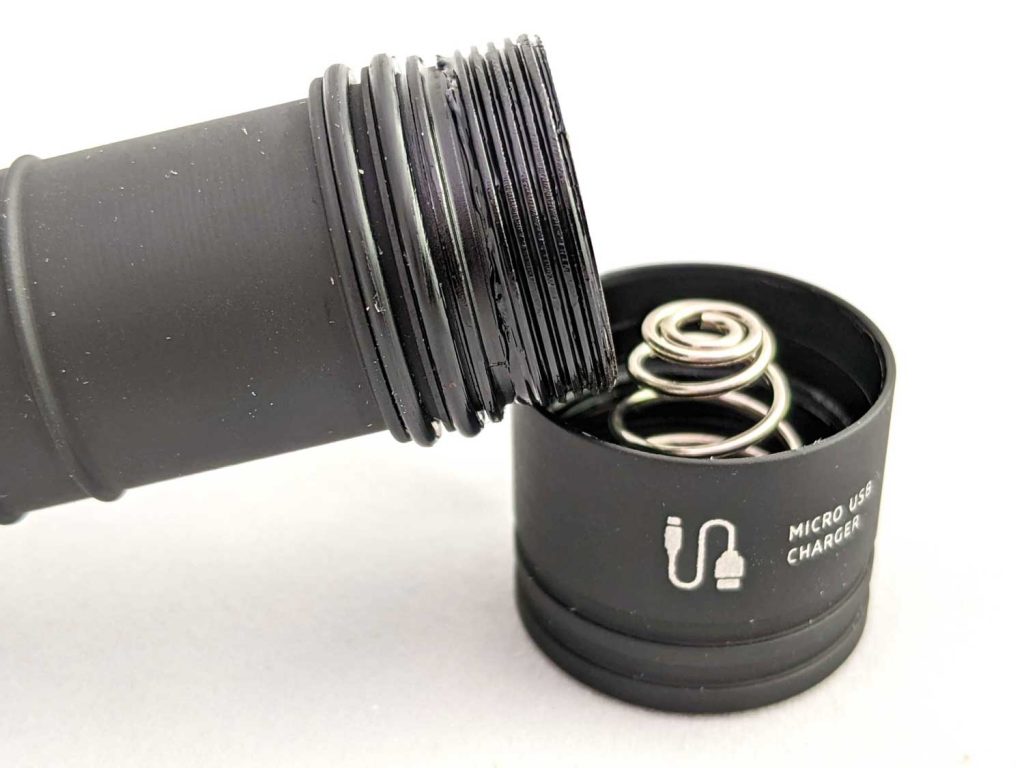
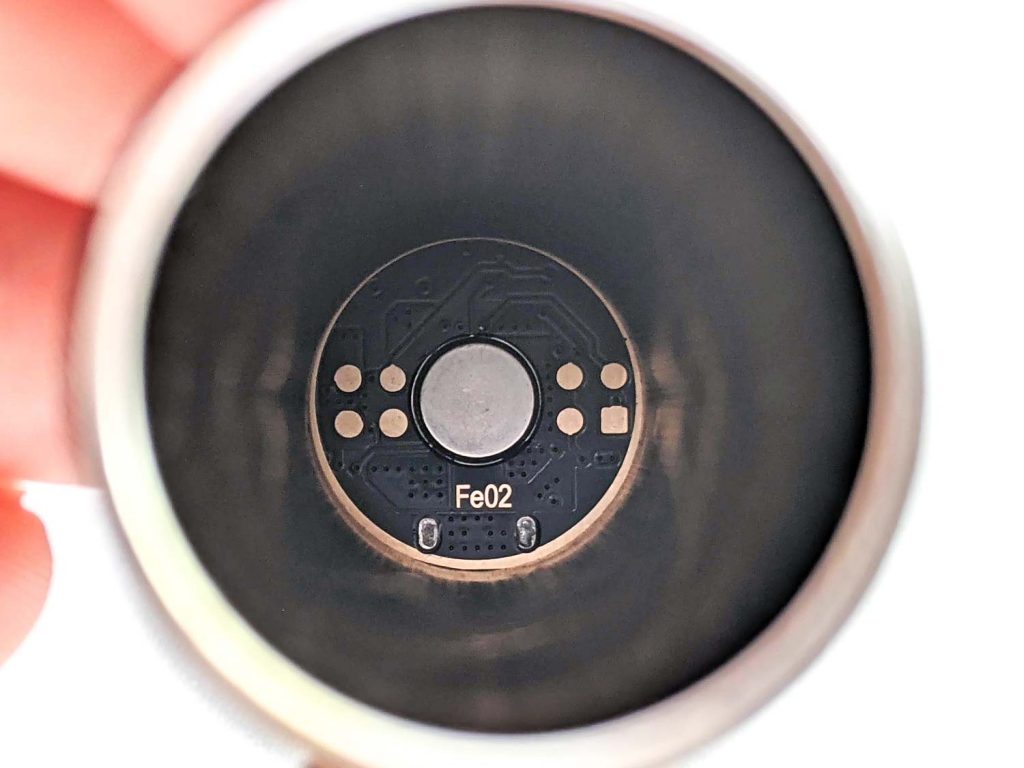
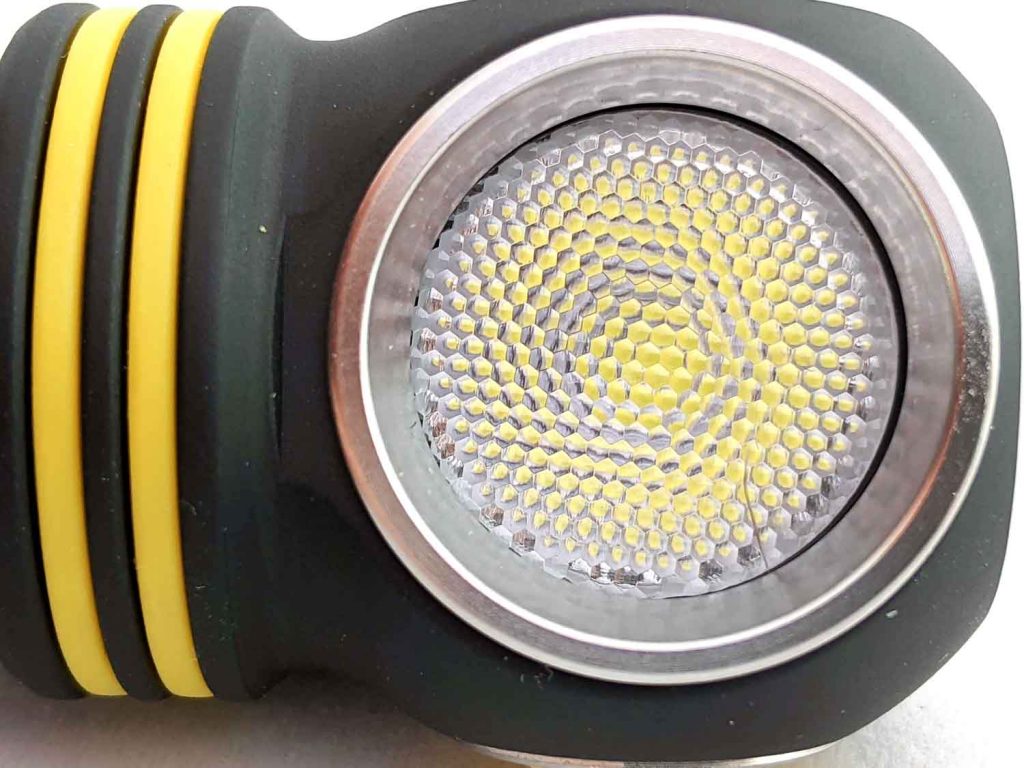
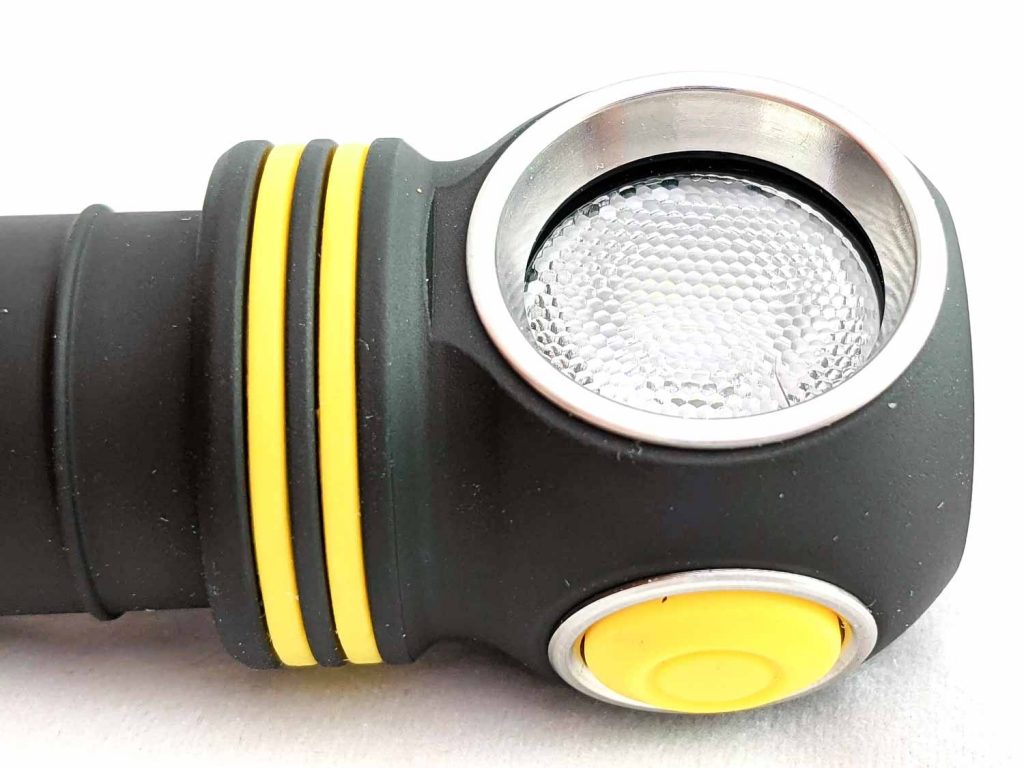
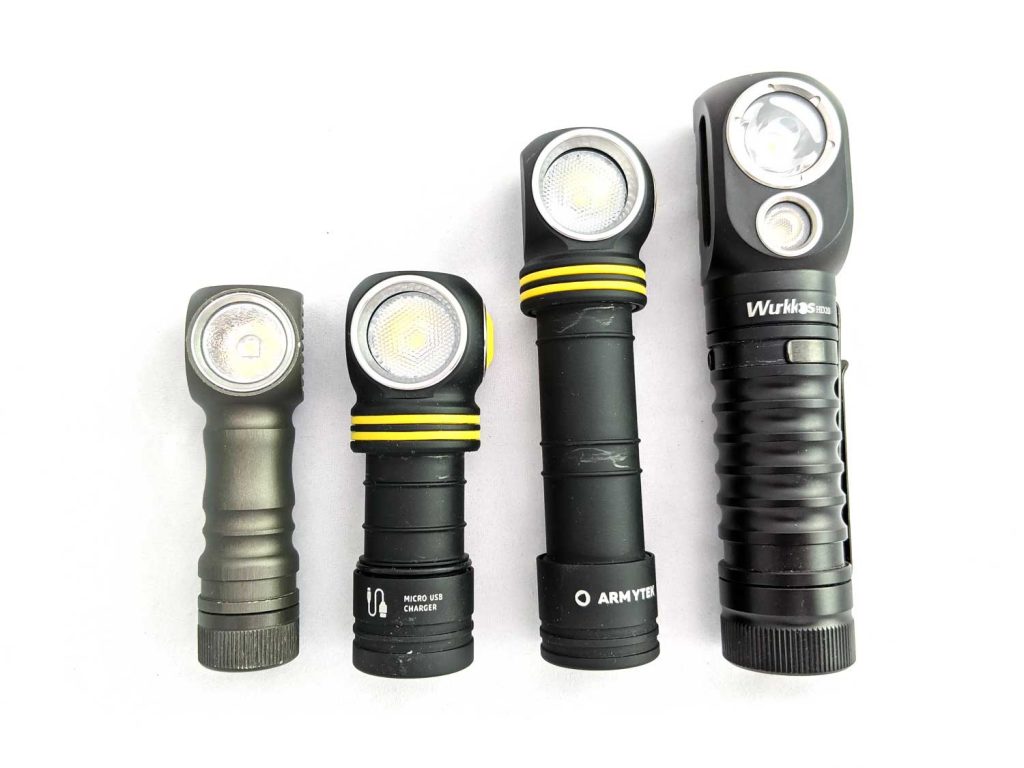
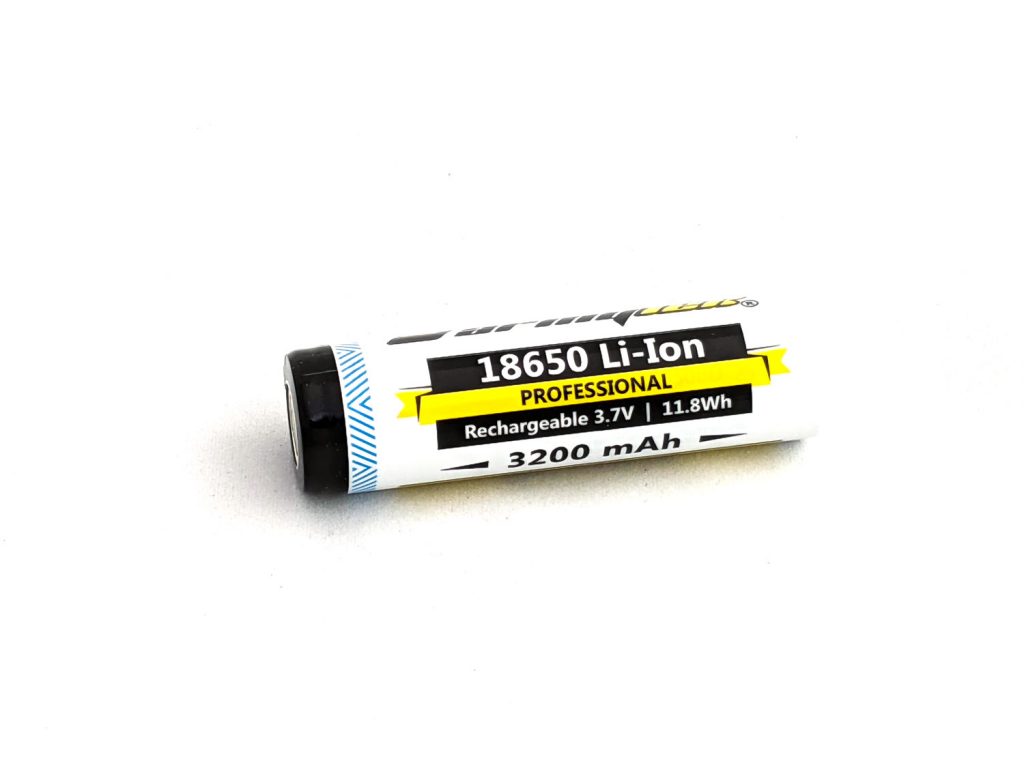
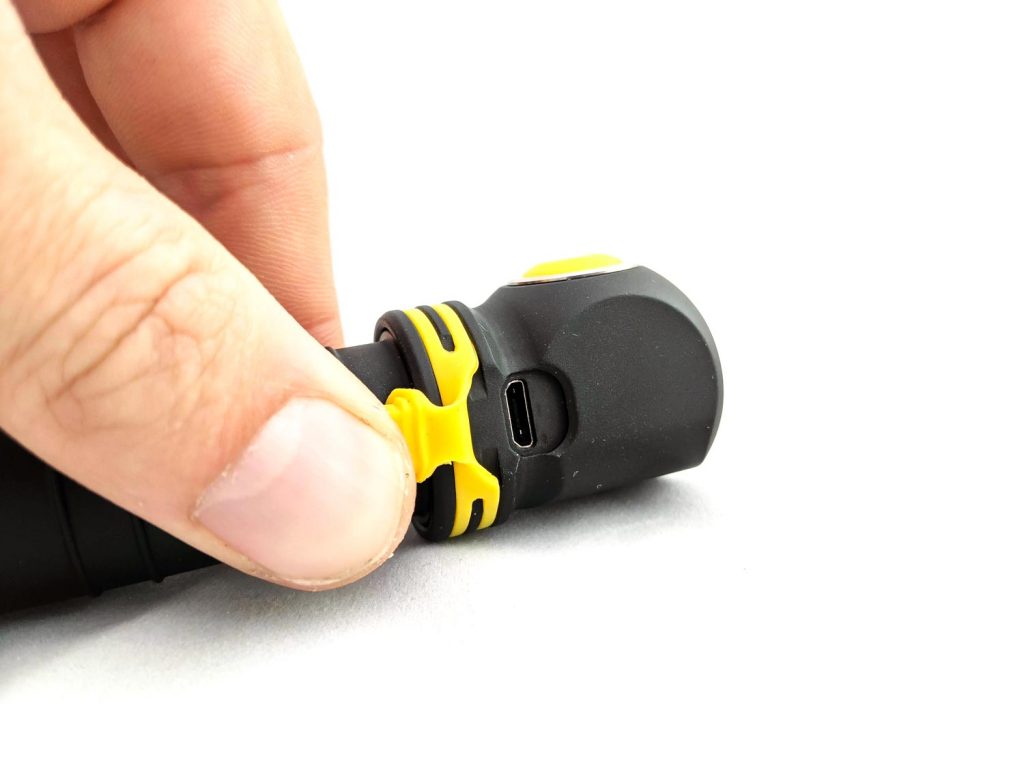
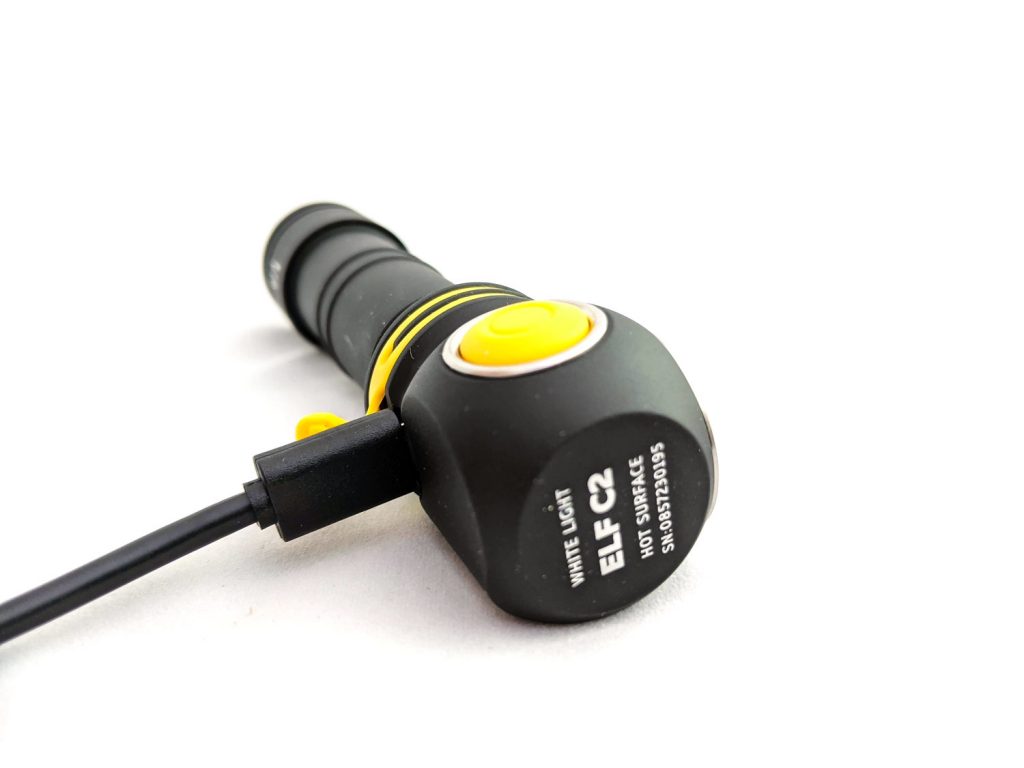
Comments